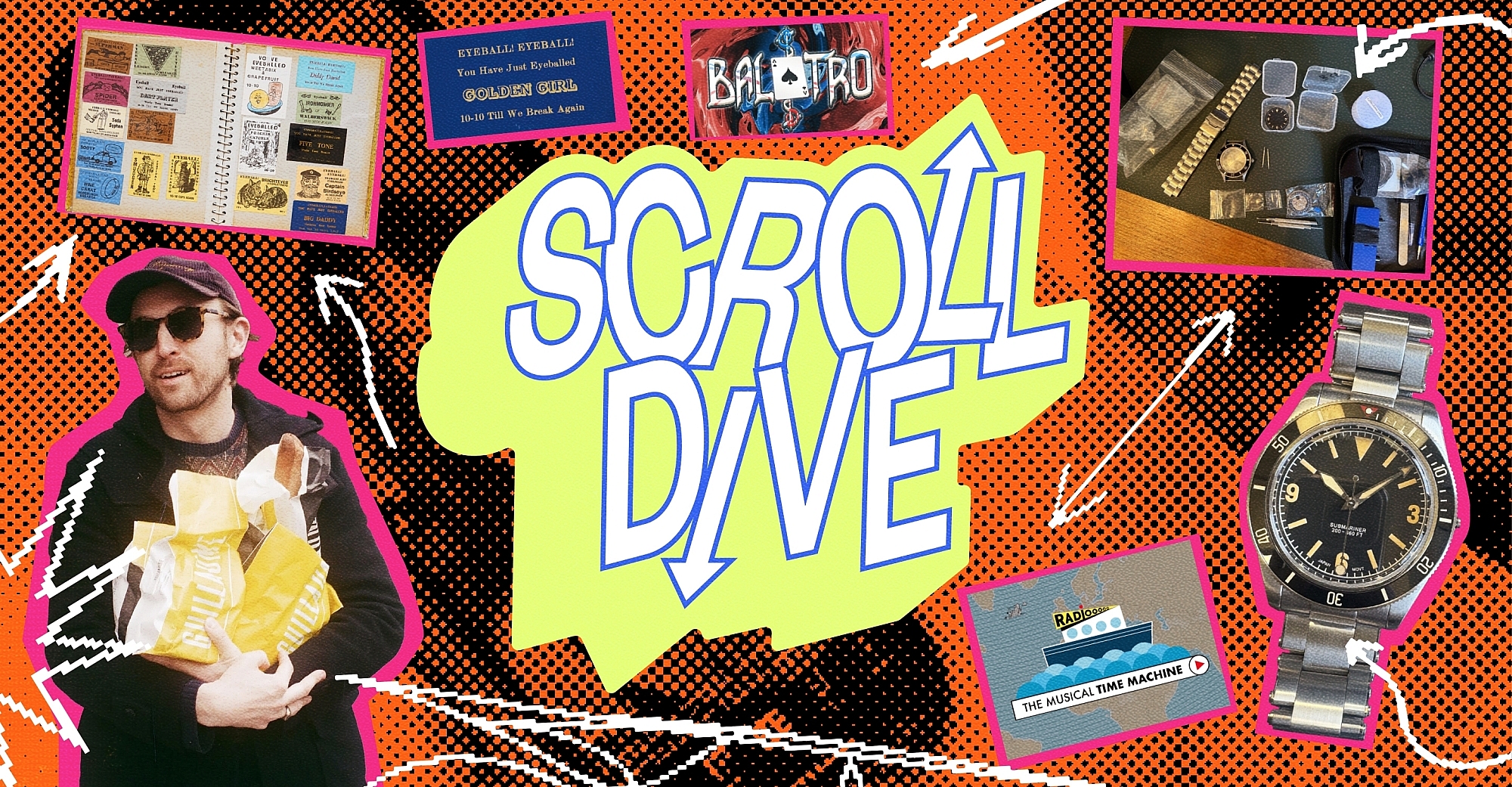I’ve been thinking a lot about getting old recently. Maybe it’s because I just took another trip around the sun last month. Or that I don’t want to do my taxes. I’ve clocked myself being more curmudgeonly, too. I complain about the volume of music in restaurants. I scoff at “kids these days” with their shrimp posture, thumbing through TikTok. I wish RFK would shut down Crumbl. I look at kids blowing strawberry ice vape clouds on the street and want to hand them a cigarette. I don’t understand Nettspend. I went to a baseball game with my dad and told him, before the first pitch, “we should try and leave before the 8th to beat the rush home.” And of course there’s the “always on” existential dread about getting “older” in a time when America is being sold for parts to the highest bidder like it’s 23andMe by a government of impressively unserious shitposters. So “based.” How about a mortgage?
But I don’t think that it’s just the fact that I’ve become my parents—old age is a big issue. According to a McKinsey study released in January, we’re entering an era of “youth scarcity.” Falling fertility rates are propelling major economies toward population collapse in this century. A ketamine-addled Elon Musk, with his “legion” in tow, consistently cites declining fertility as the issue that threatens civilization most. At least the White House Press Secretary is “humanizing children.”
According to the McKinsey report, seniors will account for one quarter of global consumption by 2050, double their share in 1997. By 2035, the Census Bureau estimates, older adults will outnumber people under 18 in the United States for the first time. I think an interesting wrinkle in all of this (no pun intended) is, what happens to youth marketing when everyone is old?
Putting the Children of Men-esque threat of civilizational collapse aside, kids these days are old. In a recent post about accelerated aging among Gen Zers, trend forecaster Sean Monahan cites “neoteny,” the idea “that teenagers and college students have the temperaments and behavioral profiles associated with tweens,” and “constant exposure to blue light screens” as two reasons “young people today are much older than young people used to be.” Tweens are going Benjamin Button-mode, scooping up anti-aging creams, driving less, having less sex, and are more likely to need glasses. An article in The Wall Street Journal a few years back noted how people in their 20s were becoming AARP members.
In some ways, I think youth marketing is already falling out of fashion. Yes, youth creates culture, and culture creates relevance. But I also can’t help but notice how culture—brand campaigns, magazine covers, movies, technology, lookbooks, Billboard Top 100, Congress, and The White House—consistently seems to be dominated by old(er) people, a trend I can only imagine will continue. And despite the weird fetishization of youth coming from human_v4, Bryan Johnson, and eugenics-y startups like Orchid, that promise “genetic enhancement,” I think the more likely scenario is more attention paid to the “silver economy.” In China, where a quarter of the population is over 60, the government recently unveiled “silver trains” for elderly tourists. I could see more retirement home ragers. More getaways (call it the White-Haired Lotus). More “de-aging” celebrities. More “immortal” digital avatars. More Frankie Valli. More movies with subtitles.
I don’t think this will be an immediate shift, nor do I think it’s for everyone. But an aging population is a quiet crisis that I don’t think a lot of brands are really paying attention to right now. And there will always be a place for youth culture. There’s nothing really aspirational about an acorn stairlift or a Fox News commercial break. But who knows, maybe “78 is the new 28.”




